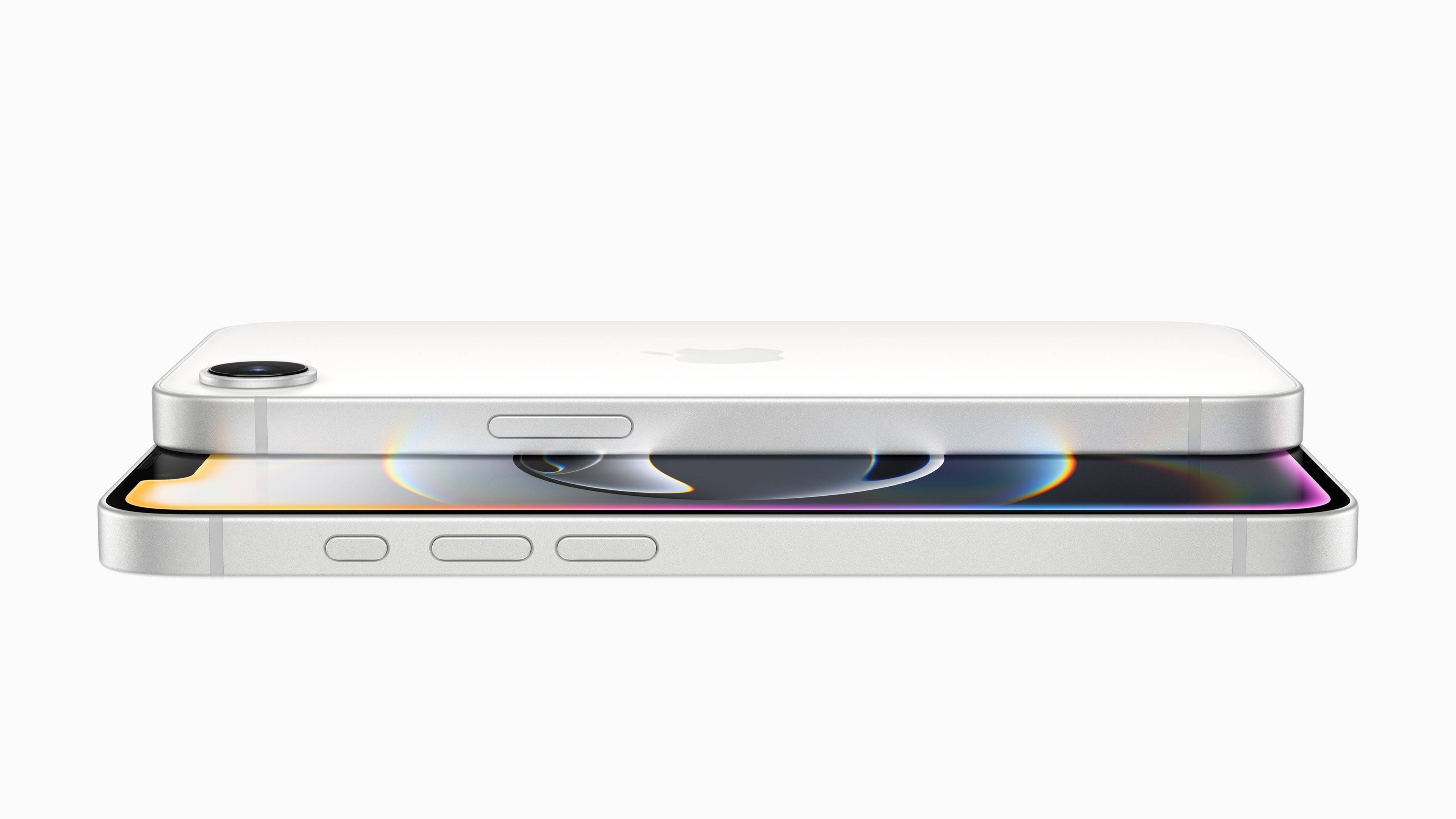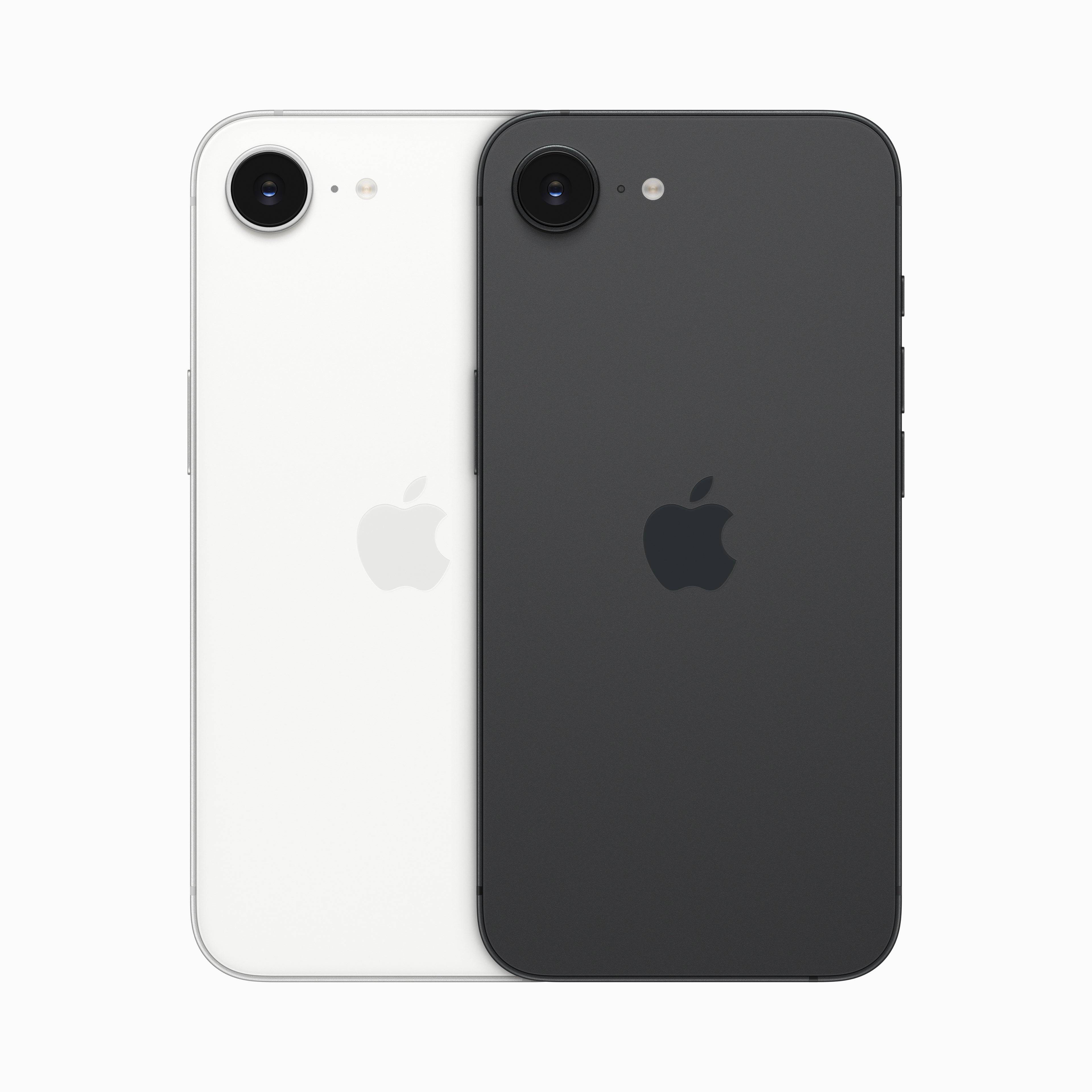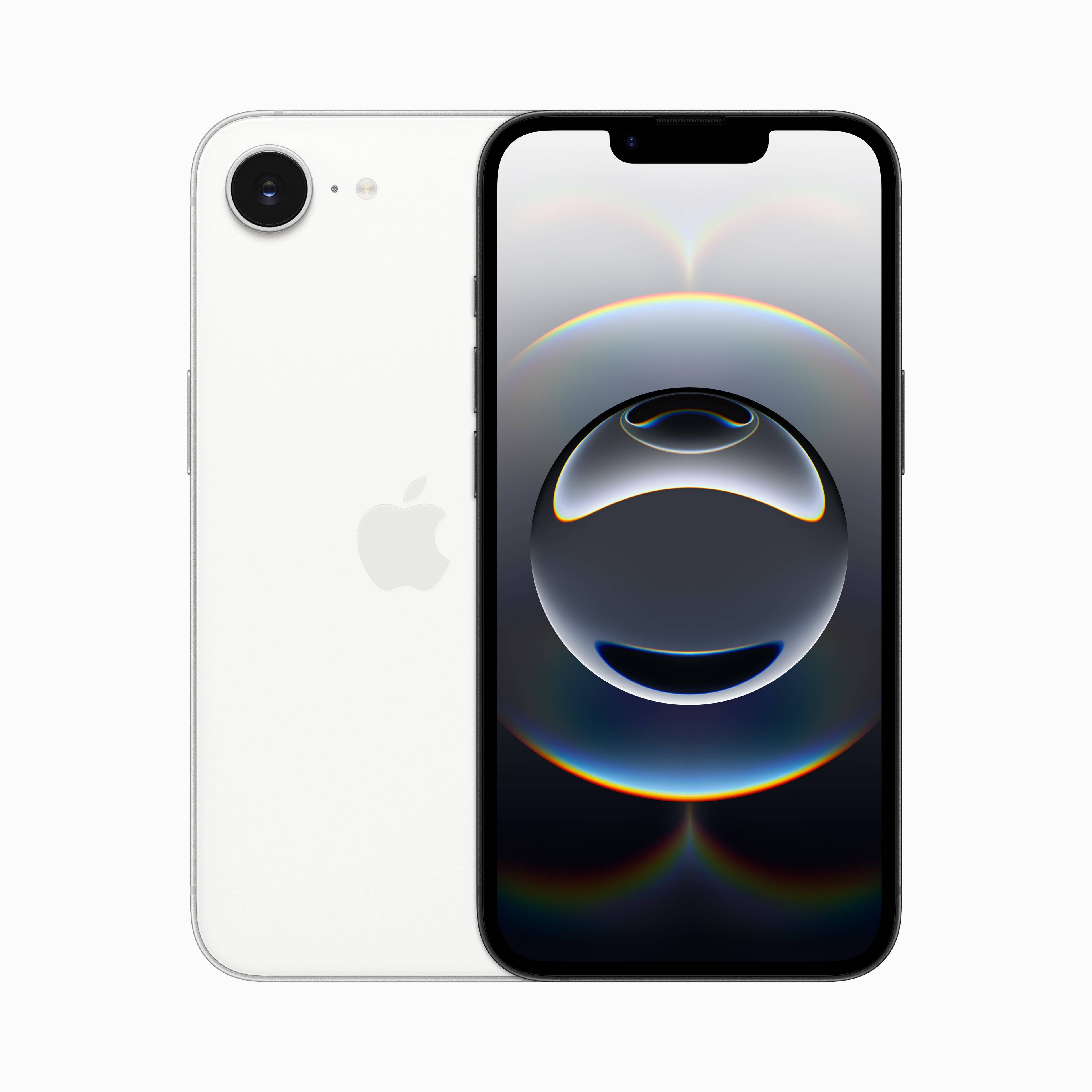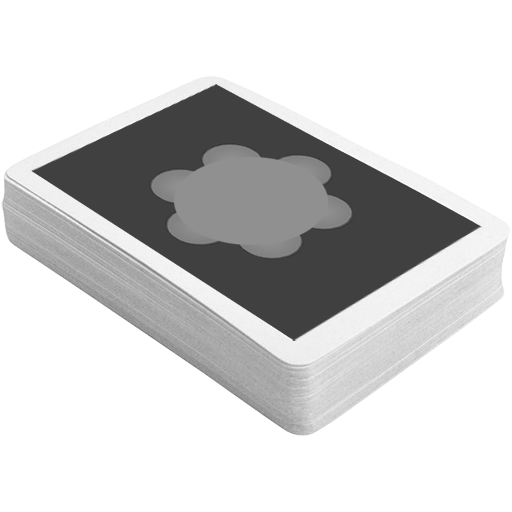Apple Unveils the iPhone 16e: A Budget-Friendly Option with Compromises
Apple recently launched the iPhone 16e, its most affordable offering, effectively replacing the older iPhone SE. However, unlike its predecessor, the iPhone 16e doesn't boast the same significant price reduction. Priced at $599, it sits closer to the $799 iPhone 16, released last fall. Pre-orders begin Friday, February 21st, with availability starting February 28th.
A Key First: Apple's C1 Modem
The iPhone 16e is notable for being the first device to incorporate Apple's C1 cellular modem. While Apple's in-house chips have a strong track record, the success of the C1 is crucial for ensuring reliable connectivity. Hopefully, Apple has addressed potential issues, learning from past experiences like the "Antennagate" controversy.
Design and Features: Familiar Yet Distinct
From the front, the iPhone 16e closely resembles the iPhone 14, featuring a 6.1-inch OLED display with a 2532x1170 resolution and 1200-nit peak brightness. While this matches the iPhone 14, it falls short of the iPhone 16's display capabilities. The iPhone 16e includes an Action button and a USB-C port, but omits Camera Control.
The rear design is more distinctive, featuring a single 48MP camera. While sharing similarities with the iPhone 16's main camera, it lacks sensor-shift stabilization, the latest Photographic Styles, and adjustable portrait mode focus. The selfie camera, however, appears identical and retains Face ID functionality.
Construction and Durability: A Generation Behind?
The phone utilizes an aluminum frame, glass back, and Apple's Ceramic Shield on the front. While Apple continues to promote Ceramic Shield's durability, it's important to note that a newer, supposedly "two times tougher" version exists, raising questions about the iPhone 16e's long-term resilience.
Internal Specifications: Strategic Differences
The iPhone 16e employs an "A18" chip, mirroring the iPhone 16, but with key differences. While the CPU core count remains the same, the GPU features only 4 cores compared to the iPhone 16's 5-core GPU. This suggests a performance reduction compared to its more expensive counterpart, though the Neural Engine remains, enabling Apple Intelligence features.
Pricing and Competition: A Balancing Act
The iPhone 16e's $599 price point represents a compromise. While it's Apple's cheapest phone, the price gap isn't as significant as the discount offered by the previous iPhone SE, which launched at $429. This places the iPhone 16e in direct competition with compelling Android alternatives around the $600 price point, such as the OnePlus 13R, potentially challenging Apple's ability to attract buyers outside its existing ecosystem. The iPhone 16e's performance will ultimately determine its success in this competitive market.




























